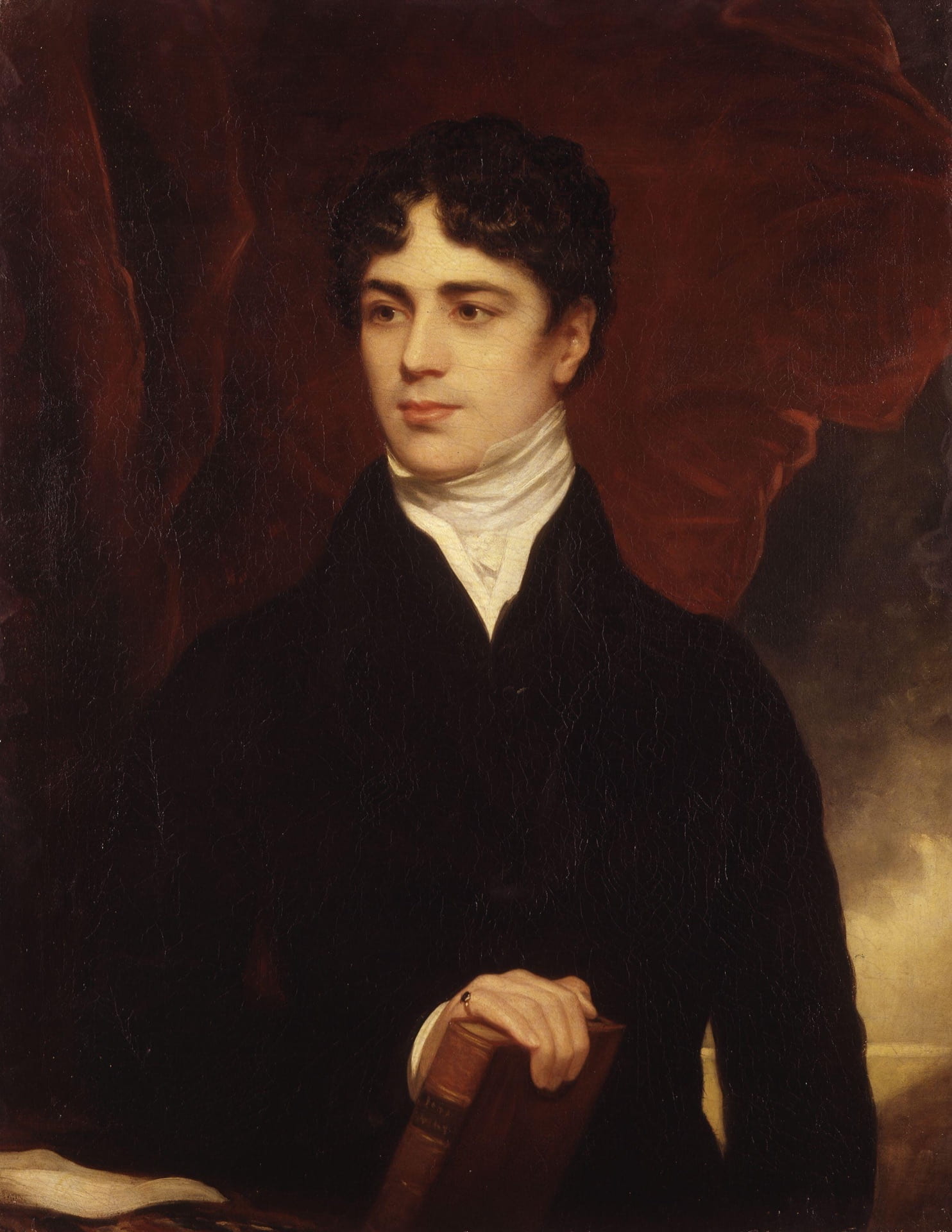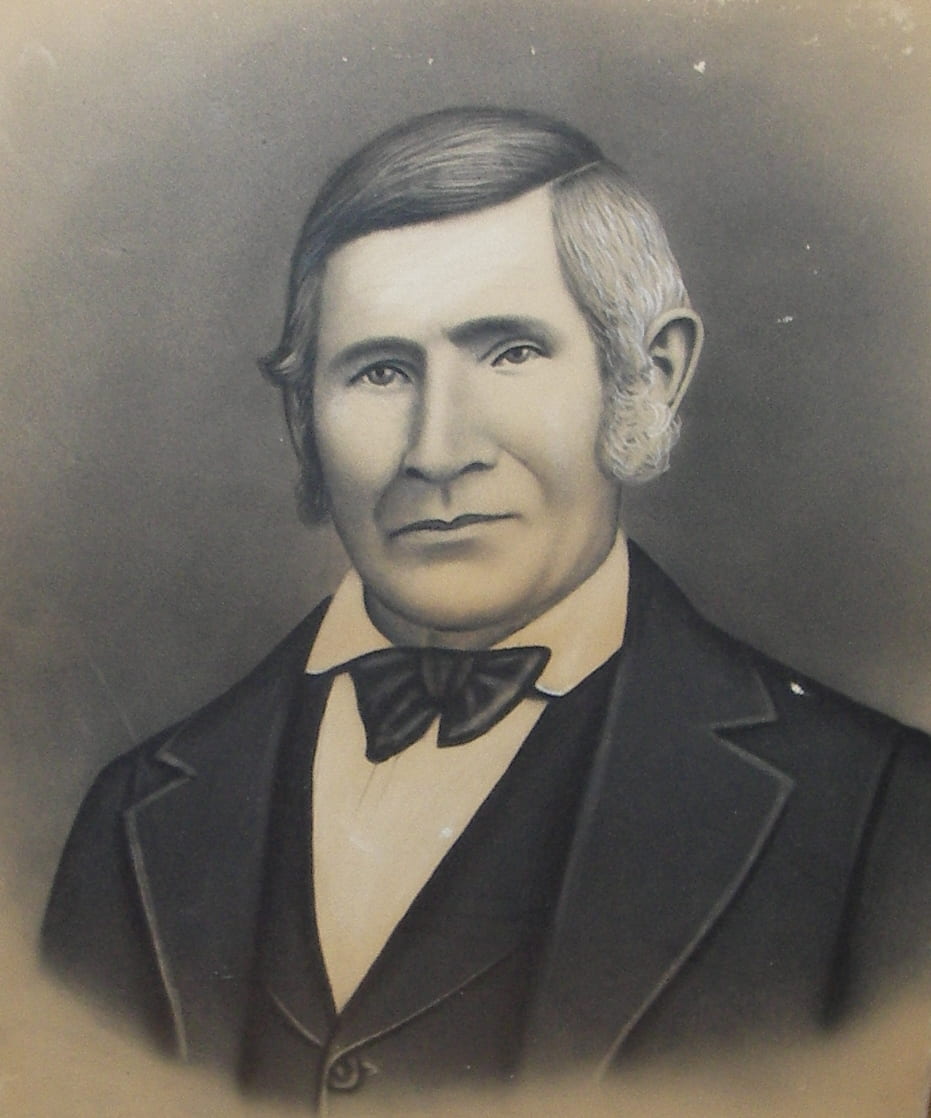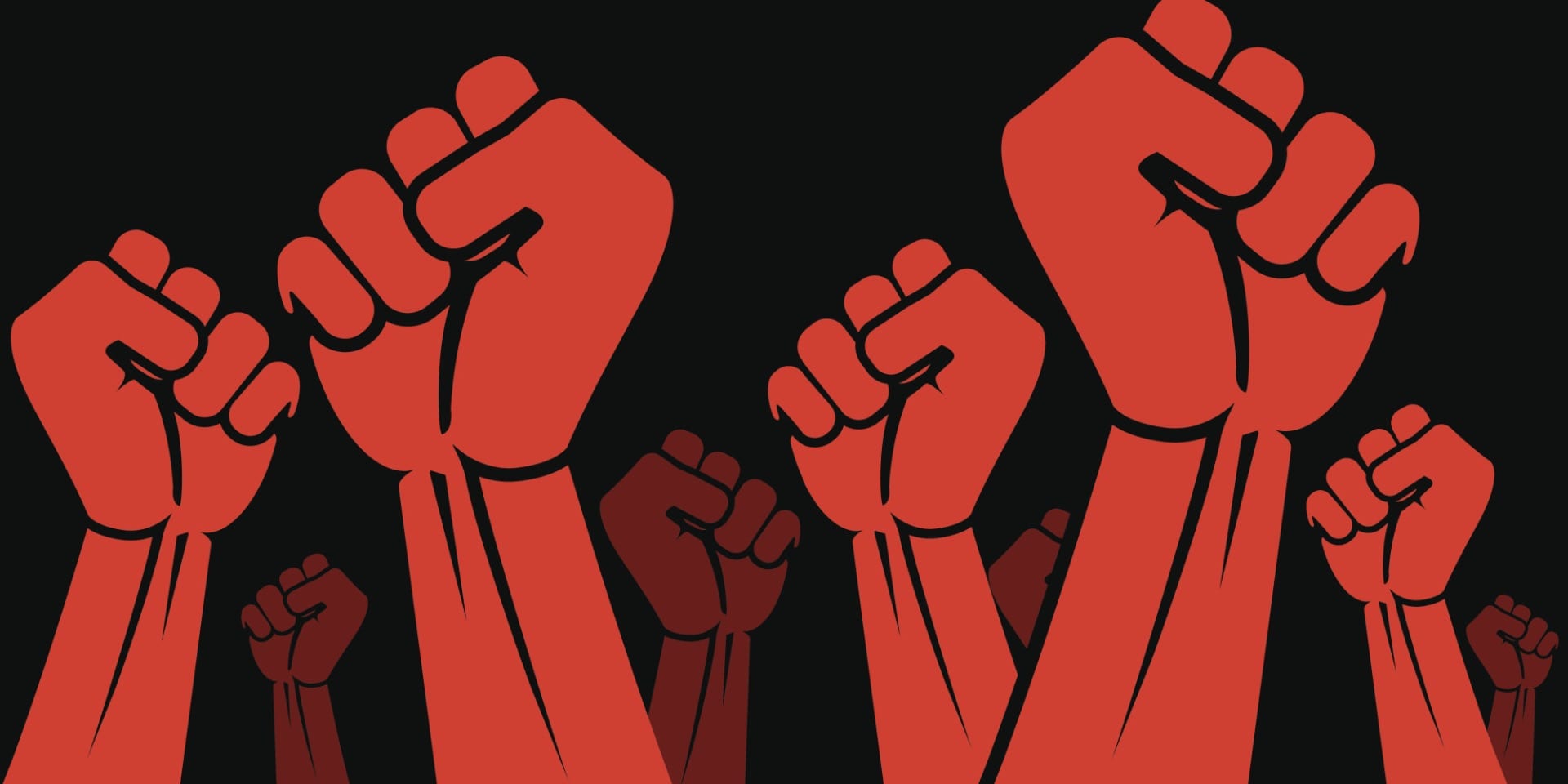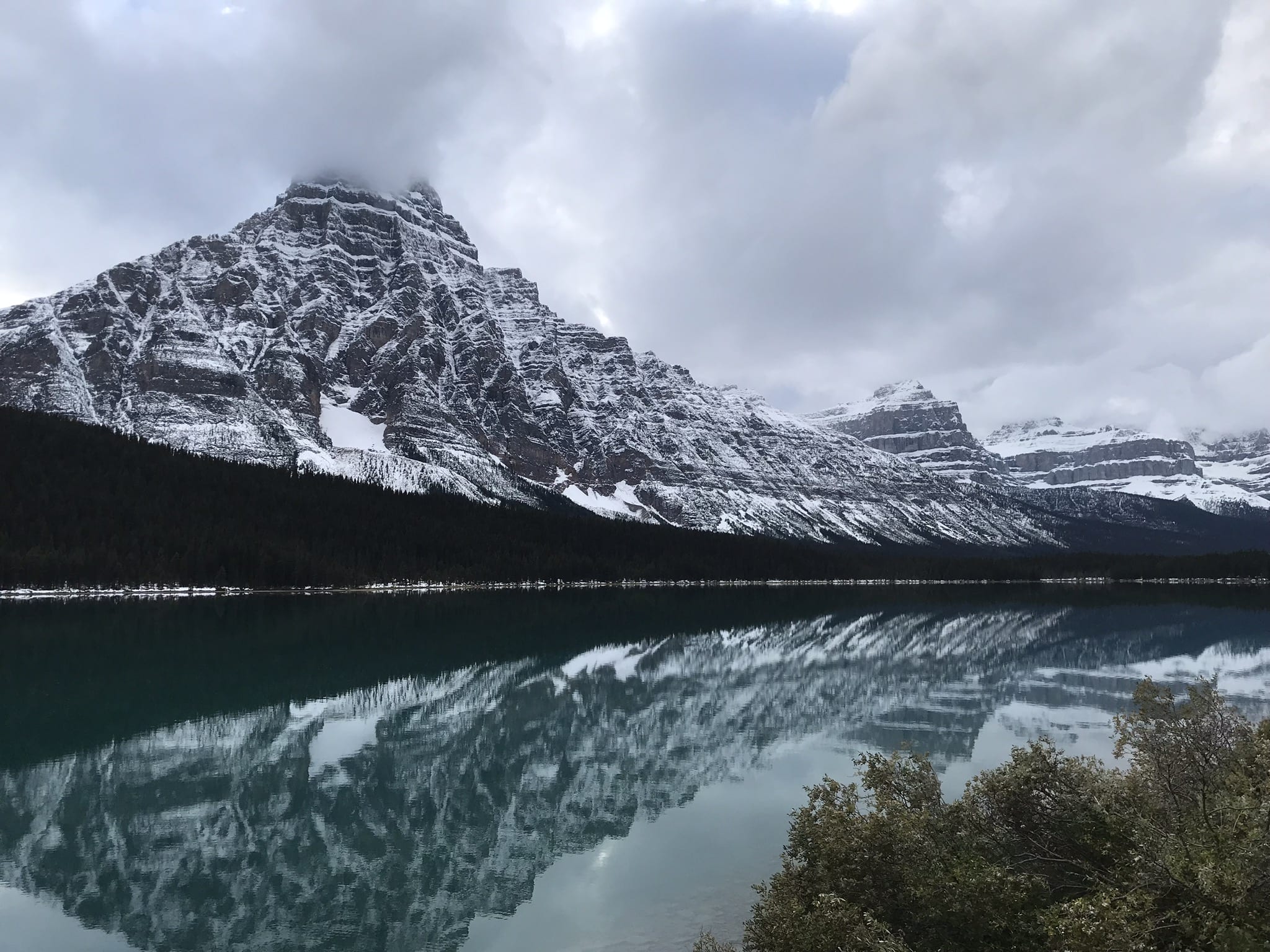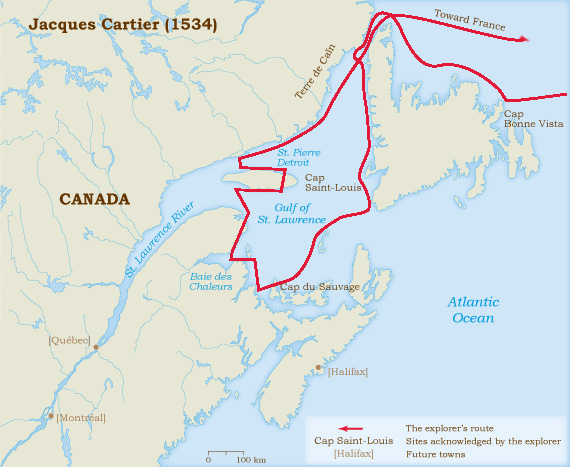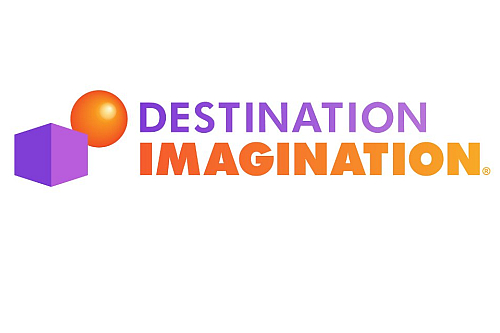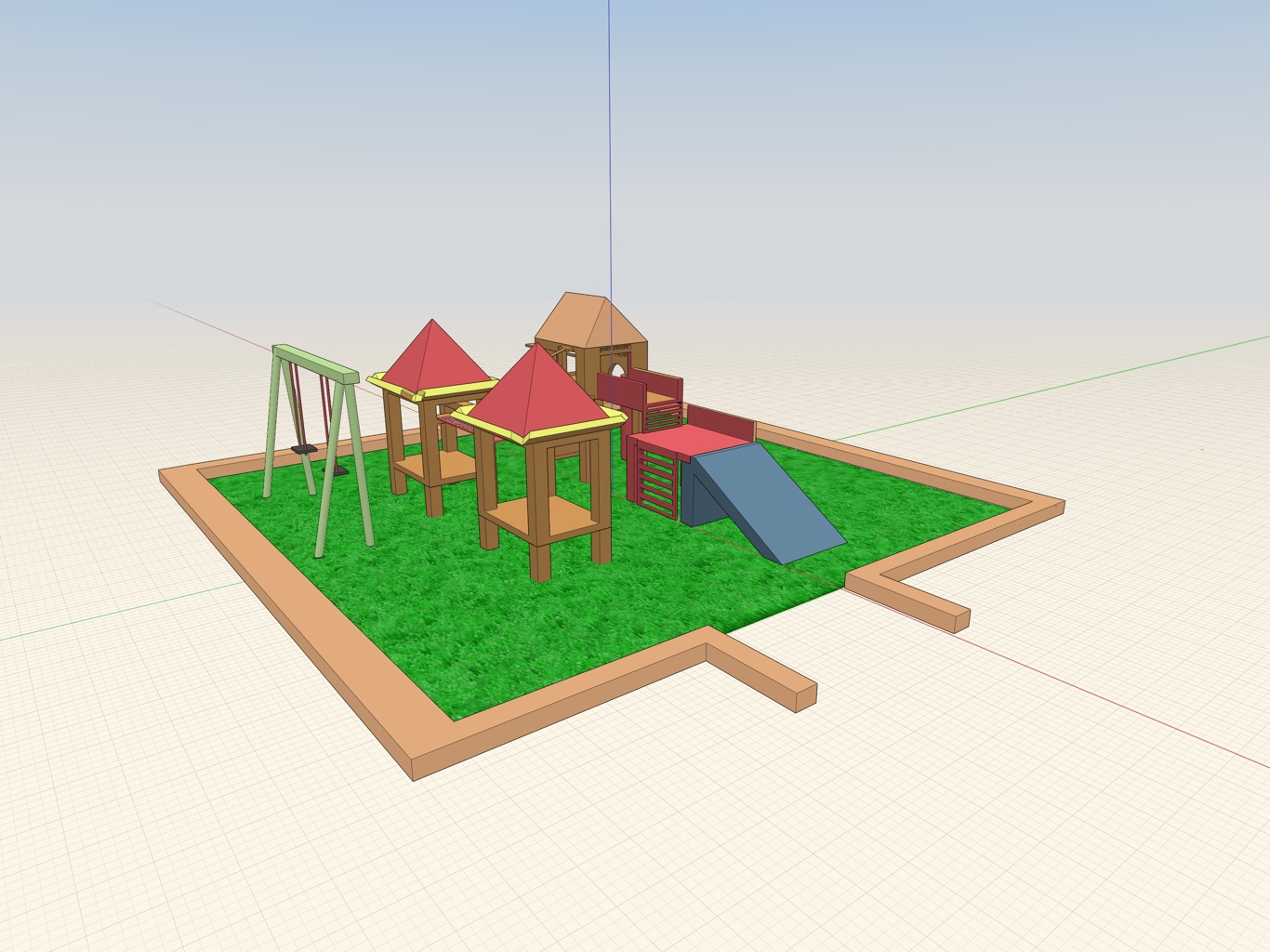WWI, AKA the Great War is one of the most infamous wars throughout history, and for good reason. It was incredibly gruesome, and had an incredibly wide impact on the world. In our latest unit, we studied all about this big, gory mess of a war and in this post, I’ll be talking all about the war in all of its bloody glory.

So, WWI was not fun, to say the least, and to be honest, I probably shouldn’t describe all of the bloody, gory, gruesome death that occurred during the war. So I won’t.
With that out of the way, out unit began with the introduction of our main project: a video (we pick what type) based on a particular aspect of WWI. The twist? We had to present these to (drumroll)….
elementary school kids. Yep. Every high-schooler’s worst nightmare. And even better? This project was individual. You can probably guess the emotions that were running through my brain. Throughout this project, I learned to tolerate small children better, and I eventually grew to enjoy the project, but I’ll save the reflection for the reflection.
Content
Now, as you probably know, World War I was quite a broad topic. Probably too broad for me to sum up in a single post, but I’m sure as heck gonna try.
So, the most common theory of what really “started” WWI can be traced back to the assassination of Austria-Hungarian archduke, Franz Ferdinand.
Franz Ferdinand was the heir to the Austria-Hungarian throne, but married Sophie, who was of lower birth than him, leading to strange circumstances. While in the city of Sarajevo, the archduke and his wife, who were riding around the city in their car, were targeted by the Serbian Black Hand, a group of Serbian Nationalists that really hated Franz. After several failed assassination attempts, a failed bombing, and a lot of disappointment, Gavrilo Princip, who was stationed around a corner near a shop, shot and killed both Franz Ferdinand and Sophie.
As you might have expected, the Austria-Hungarian government didn’t take too kindly to this. Austria-Hungarian General Conrad von Hötzendorf, who was infamous for always trying to start wars, didn’t take too kindly to their archduke being assassinated. He demanded the Serbians sign an ultimatum, which they nearly all agreed to. However, with Kaiser Wilhelm, the German General, in vacation, Conrad saw this as the perfect opportunity to declare war. To show our understanding of this topic, we (Emerson, Sam, Fraser And I) created a video.
Clarifications: I represent Austria-Hungary, Fraser represents Germany, Emerson represents Serbia, and Sam represents Russia.
We also read 3 different books. The books varied from horse stories, to brotherly alliances, to bayonet incidents. We wrote reflections on each part of the book, and the books actually taught me a lot. The book I picked was called Generals Die In Bed. I picked because A: It was written by an actual veteran, and B: gratuitous violence.

Not much else to say about WWI that you probably don’t already know. The triple alliance (Britain, France, Russia, and later the U.S., and Canada) battled the triple entente (Germany, Austria-Hungary, the Ottomans). Germany occupied Belgium as a part of their Schlieffen Plan. Tanks. Planes. Chemical Warfare. Germany also used their U-Boats to try to starve Britain. However, at some point, the German U-Boats angered the wrong people, and ended up getting the U.S. involved in the war. Russia went through their own revolution, resulting in them dropping out of the war. As you all know, the Allies came out victorious, but losses were suffered on both sides.
My Project
Now, as I said in the beginning, we created individual videos based on a specific aspect of the war. How did we decide? you may ask. Luck of the draw. We spun a wheel, and lucky for me, I was picked first, which meant I ended up with my first choice, tanks.
As always, the first step with any project is research, and I had quite a hefty amount. Not much to say about that. Next, we picked our video forms. I decided on a John Green/Crash Course type of video. Next, I wrote a screenplay. Not much to say about that either. After that came the storyboard. This is when I really finalized my set design. Finally, I filmed. I was able to find a decently well-lit, neutral desk area to record. After a bit of editing and GarageBand, I cranked out my first draft.
After the first draft, I got some pretty nice critique. I smoothened out the audio, made some more music, and the second, and surprisingly, final draft, was ready to go.
After what had felt like a pretty short amount of time, we presented. We headed down to our local elementary school, and paired up, 1 Grade 9 to 2-6 Grade 6-7’s. It went pretty smoothly. We had made quizzes the days before, and it seemed like the kids were actually pretty engaged.
Reflection
In hindsight, I think I really enjoyed this project. The content was really interesting, and once again, I learned new video skills, especially my GarageBand skills. This was another project where all music had to be custom, and I learned how to create music of all genres.
The politics, social situations, and especially warfare were all really interesting. It may sound disturbing, but I enjoyed reading about all of the different types of combat, from aerial aces, to battleships, to big ol’ tanks. Another thing I worked on is set design. In this project, with my video form, set design was vital to the operation and I’d like to believe I did a pretty good job. Overall, enjoyable content, new video forms, and an interesting challenge led to a great way to end off the year.
This is Jason, signing off.


